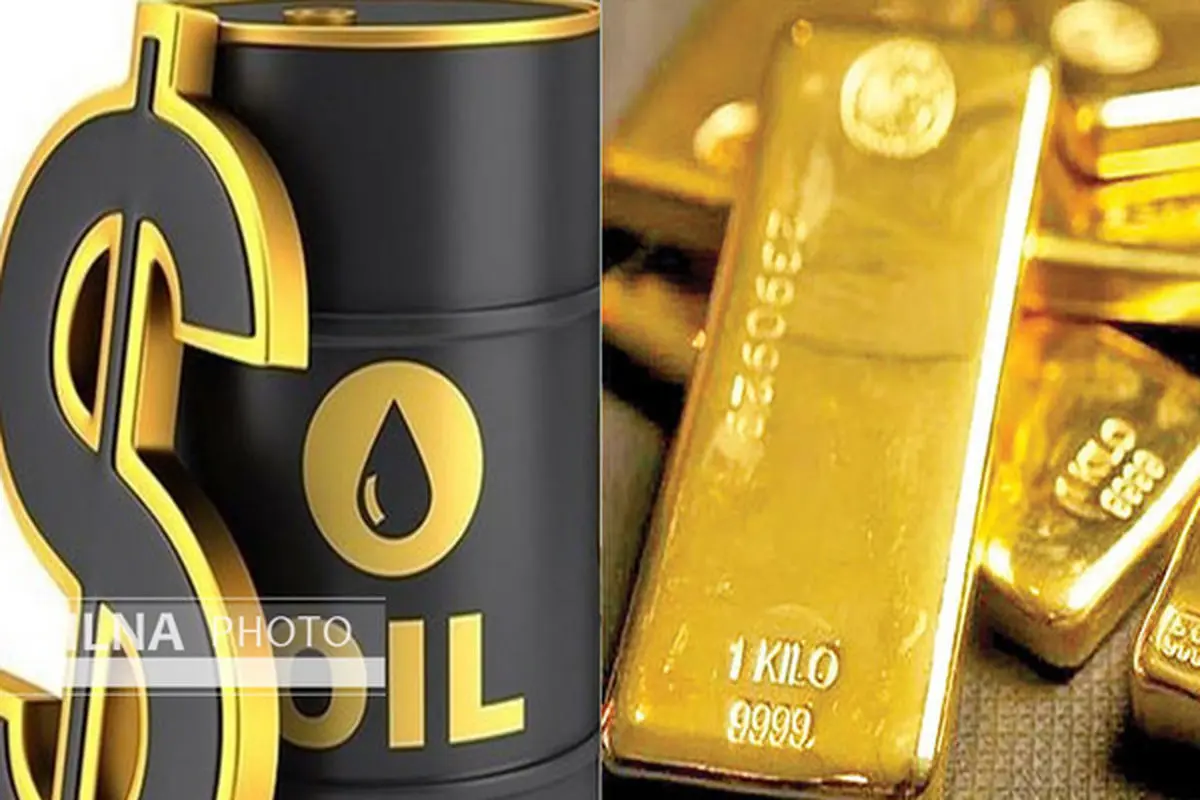Crude Oil prices could reach $125 a barrel; Here’s Why

Fears surrounding the new, heavily mutated coronavirus variant called Omicron slammed investor sentiment on Black Friday. While stocks suffered—and the Dow Jones Industrial Average had its worst day of the year—it was crude markets that were the hardest hit.
The Omicron news sent a shuddering chill through the nerves of oil traders, raising the specter of a renewed halt on global travel and a shriveling up of worldwide demand for crude. After all, these factors contributed to a price war between Russia and Saudi Arabia at the beginning of the pandemic. That, along with the demand shock, briefly sent oil prices into unprecedented negative territory in 2020.
Black Friday saw futures contracts for international benchmark Brent crude tumble by more than 10%, with futures for West Texas Intermediate crude similarly battered, in the largest one-day drop since April 2020. U.S. oil prices fell below $70 a barrel for the first time since early September.
But things were looking up Monday. Prices for both benchmarks rose around 5%, with WTI contracts changing hands near $72 a barrel.
And there remain reasons to be bullish on oil—very bullish. In fact, crude prices as measured using the Brent benchmark could overshoot to $125 a barrel in 2022 and hit $150 in 2023, according to research published Monday from a team of strategists at J.P. Morgan.
Much of the trajectory for crude lies in the hands of OPEC+, the group of oil-producing nations including Saudi Arabia and Russia that has outsized influence on global prices. This group has postponed technical meetings until later this week to assess the impact of Omicron, according to a report from Reuters citing OPEC+ sources.
J.P. Morgan’s strategists see the group of national producers as likely to pause planned monthly increases of 400,000 barrels per day in 2022, in order to balance the market “and potentially cut a pending impact of new Covid variants.”
Even with this pause, the team at the bank believes the group’s production capacity is far lower than what most people think, in large part due to underinvestment. J.P. Morgan sees OPEC’s true spare capacity in 2022 as being 2 million barrels per day or 43% lower than consensus estimates.
“This underperformance comes at a critical juncture as other global producers falter,” the strategists said, and it puts OPEC+ firmly in the driver’s seat in terms of dictating prices.
“The group has returned to a position of positive leverage, which it will defend by keeping inventories low, the market in balance and taking action to support optimal reservoir management through paced volume growth,” the team at J.P. Morgan wrote in its note.
“We think OPEC+ will slow committed increases in early 2022, and believe the group is unlikely to increase supply unless oil prices are well underpinned,” they added. “Incorporating our model of OPEC+ true capacity, we expect oil to overshoot to $125/bbl in 2022 and $150/bbl in 2023.”
END
